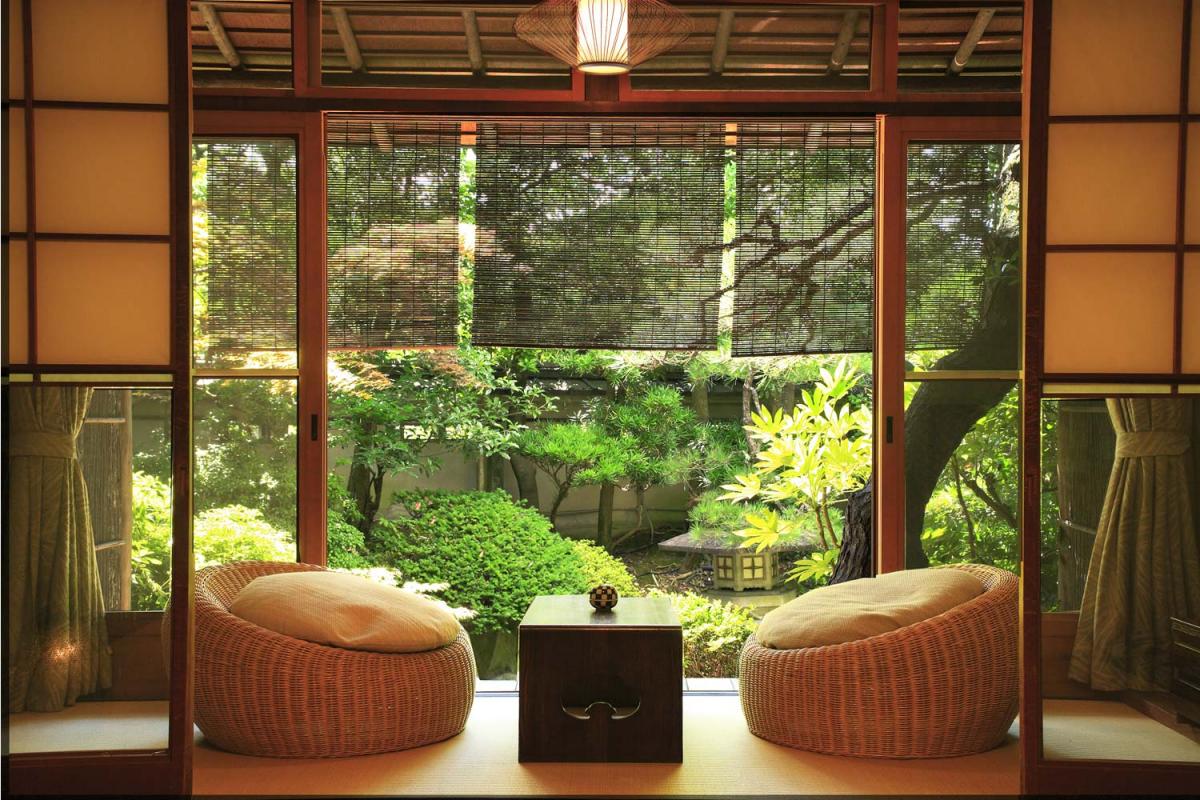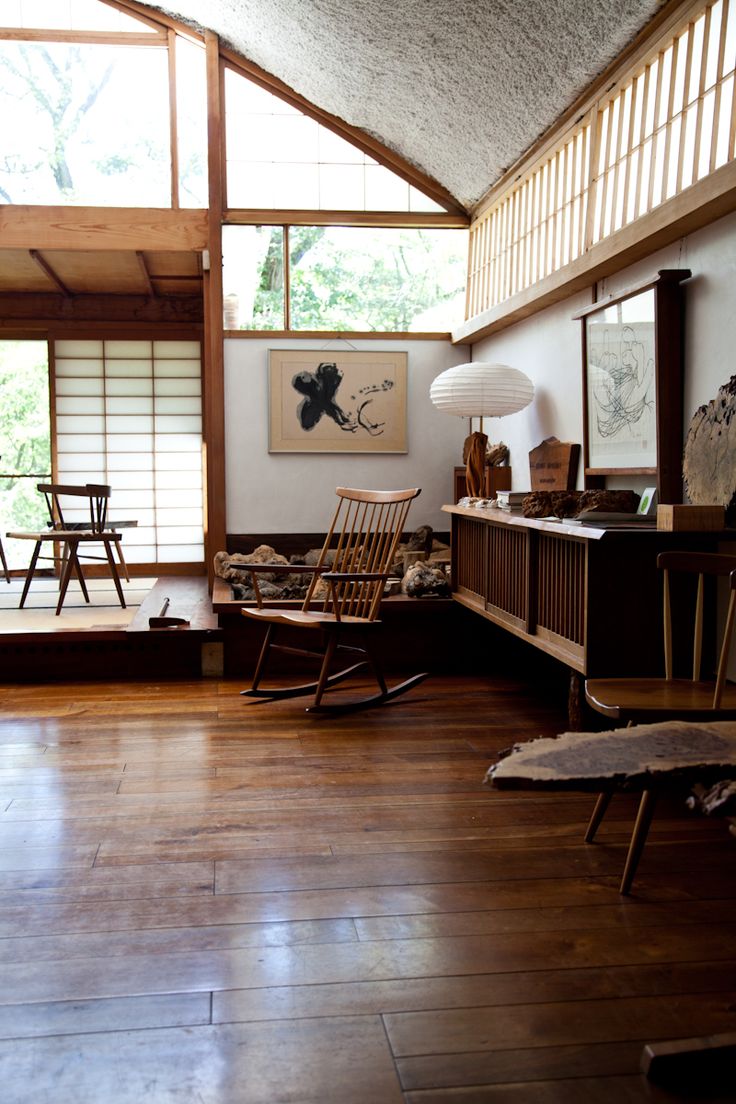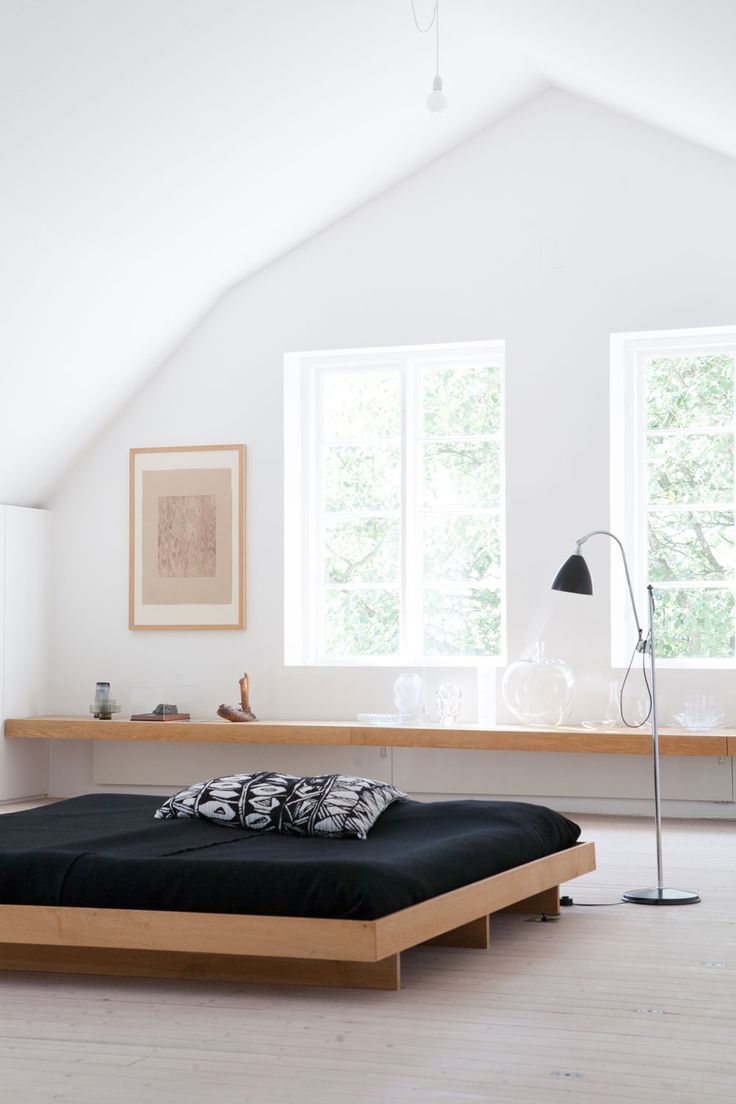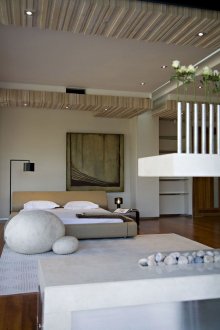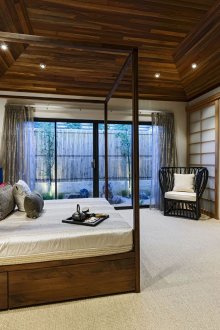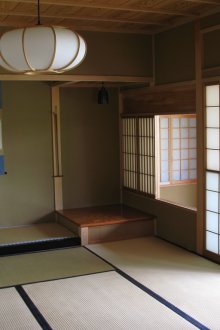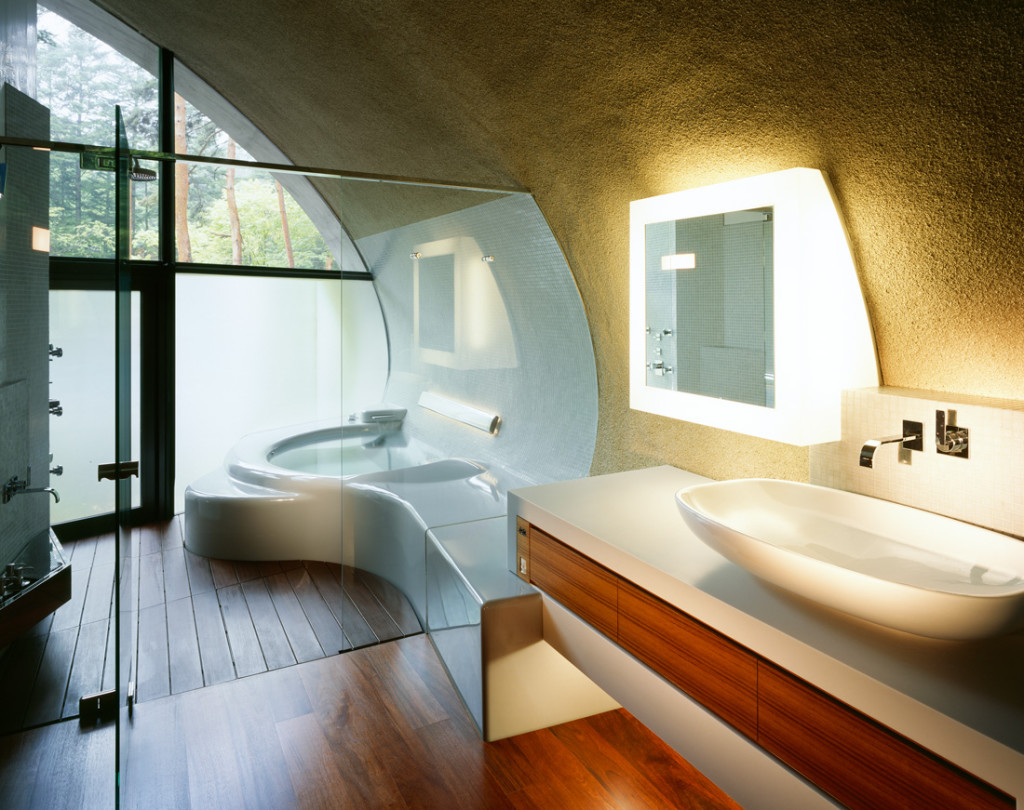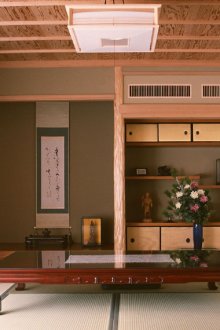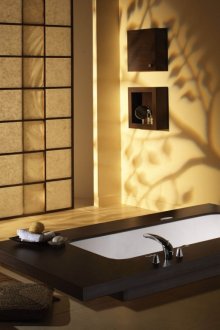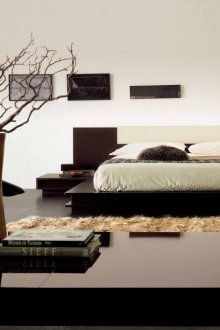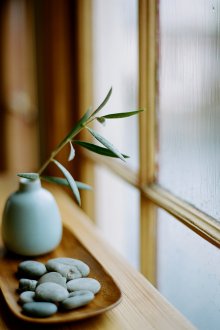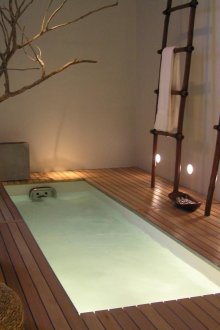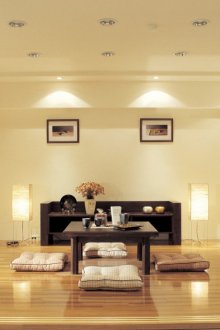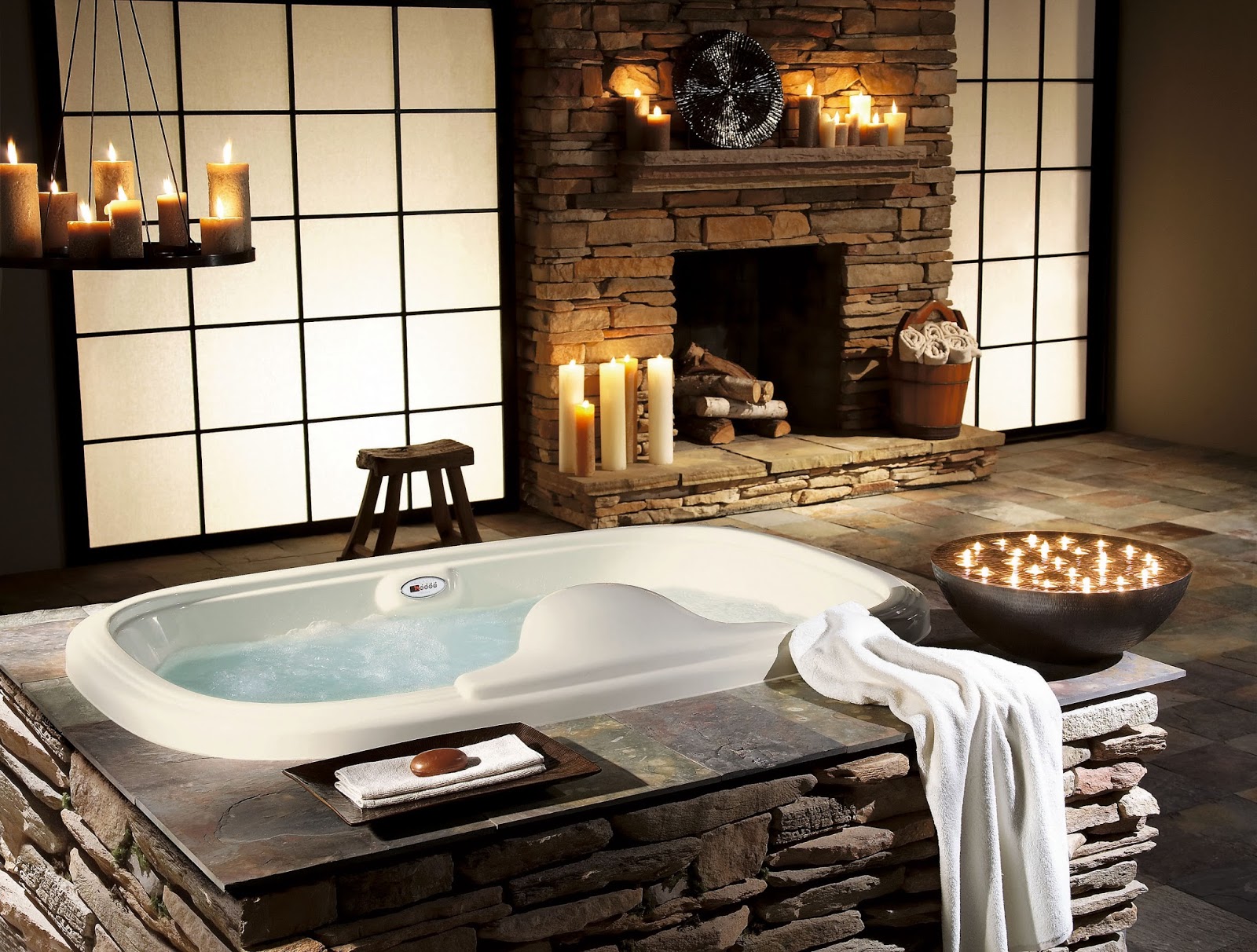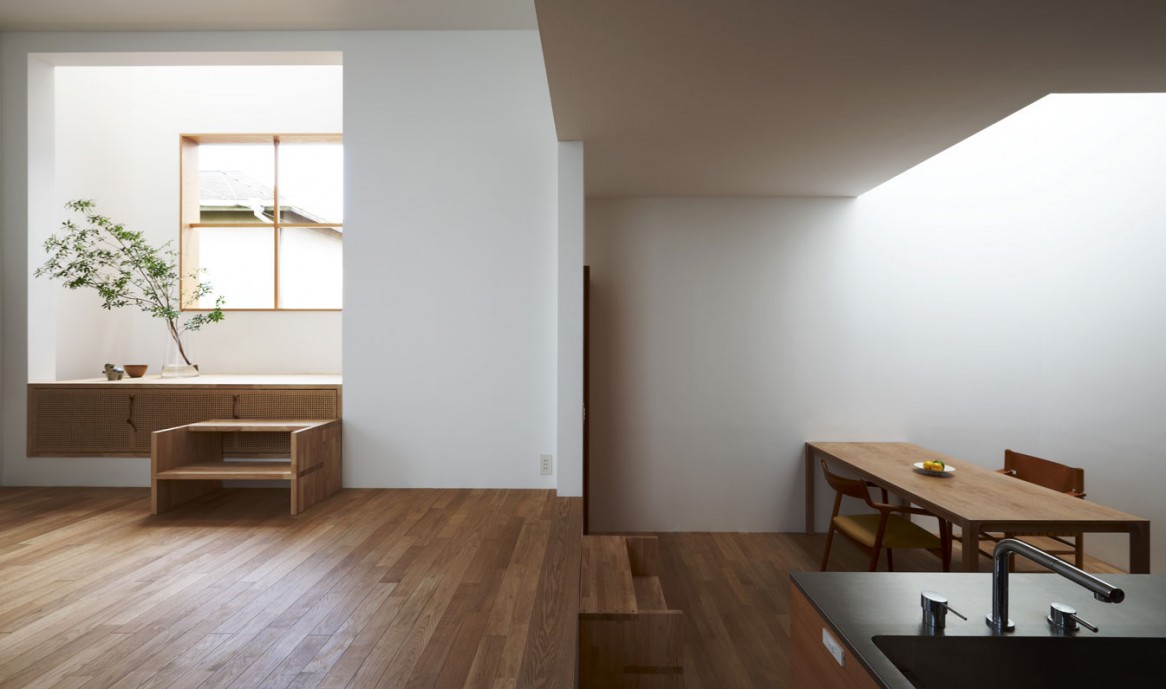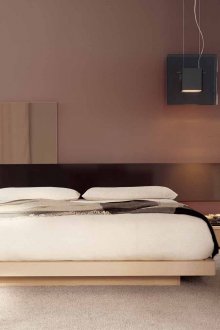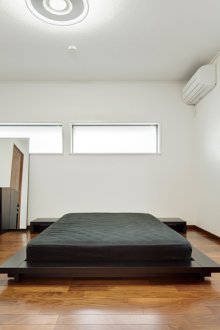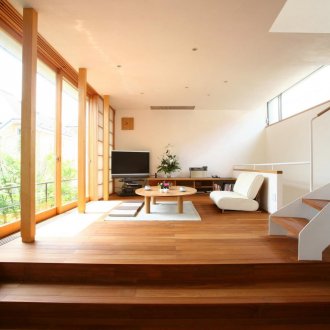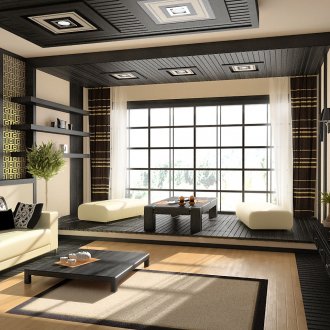Japanese-style houses: interior features (20 photos)
Content
Japanese culture for us always remains mysterious, attractive and, undoubtedly, deserves special attention. The Japanese, living in a limited space of islands, over many centuries have learned how to plan the interior and exterior of their homes, use the space of their houses so rationally that you can only envy such a skill. Well, of course, learn. In the article, we consider the features of Japanese-style houses, the main points and nuances of this direction.
Features
The traditional Japanese house is called "Minka", translated as "house of people." This is its difference from another traditional Japanese house - the pagoda, which is built for ritual activities.
What are the signs and features of a Japanese-style residential building:
- Minimalism is the main feature of Japanese-style houses. The whole interior is functional, thought out, nothing more, simplicity and conciseness. No mess, chaos and dump of unnecessary things. It is unlikely that you can see a balcony or a pantry in a Japanese dwelling, littered with clothes that have gone out of fashion, old bicycles, broken appliances, and the like stuff. Minimalism in everything from the arrangement of the exterior of the house to the very last corner in it. Initially, housing projects imply that there will be a lot of space and a minimum of furniture.
- Functionality. A true Japanese-style house does not allow itself unnecessary space. Every centimeter should be thought out. In Japan, traditionally, the area of houses is small, so they can not afford too much space and try to make the whole design as functional as possible. Only the necessary household appliances, spacious cabinets, all objects are trying to pack, hide, so that nothing interferes and does not callous eyes, does not violate the thoughtful interior of the house.
- Only the most necessary furniture is used - one that is really indispensable. In the Japanese bedroom, most often you can see only a low bed and a large built-in wardrobe. And that’s all. There will be no more furniture there - no ottomans, or elaborate dressing tables, most likely there will be no bedside tables either. This rule applies regardless of whether a city apartment or a country house is being issued.
- In modern Japanese housing, swing doors are rarely seen. Most often, their house designs involve sliding doors, partitions and screens. Minimum noise and maximum space saving, comfort and convenience are the main rules that guide the Japanese.
- The Japanese-style house does not have strong, solid walls. It is lightweight and compact. The walls are thin, have a slight thickness. Most often, an ordinary country house is a quadrangle, where, as internal walls, there are sliding partitions, which can be interchanged if necessary, making out the home differently. The absence of strong, stationary internal partitions makes the Japanese home very mobile, dynamic, the interior is lively, the design of the room can be changed depending on the mood, season or for some situations. You can play with the space of rooms, making them more and less at will. We can say that the Japanese house is a kind of transformer that adapts to the needs of its owners.
- The roof in a modern Japanese house has an extremely small slope. The structure itself turns out to be wide and squat.
- The internal structure of Japanese houses is open as much as possible. In it you will not find nooks, any small pantries, many rooms. The interior implies a lot of free space, even if the house is quite small.
- For the internal partitions of the house, tempered frosted glass or high-quality plastic in a minimalist style is most often used. And in the old days, the Japanese used specially processed rice paper for their screens, painting it with bizarre paintings.
- On the walls of houses usually hang paintings, also in Japanese style. For example, you can hang a sakura twig in a beautiful dark frame, only necessarily strictly rectangular in shape. The Japanese design does not recognize any large and elaborate salaries with curls.
- As objects of decor in a Japanese house, you can see the symbolism of Feng Shui: figurines, some amulets; but there will be few - the Japanese-style interior does not suffer frills.
- Necessarily in the house there will be living plants, especially if it is a country house, one-story and wooden. Most often, this is a compact bonsai in elegant pots. Also, often the Japanese like to keep a miniature live pine or plum in the house.
- Necessarily in a modern Japanese home there will be a low elegant table around which people are located during a traditional tea ceremony.
- Niches in the walls are a traditional feature of Japanese homes. They are placed a few, carefully selected in a particular style trinkets and decor items.
- Stained glass for partitions and decorating objects, the Japanese interior design uses very often.
- Japanese interior uses minimal textiles. As curtains, often bamboo blinds, rich and luxurious bedspreads and carpets, too. Instead of carpets - laconic, but stylish mats, instead of bedspreads - dense fabric of a calm monophonic shade.
- As for lighting, the cold light of modern fixtures in a residential Japanese house, most likely, will not be used. Such a light for offices and work. And in houses, the Japanese prefer warm lighting. Often, traditional Akari lamps are used for this - not a single Japanese country house can do without them.
Material
Most often, the Japanese use natural materials to build their homes in a traditional style and for interior decoration. Features of the choice of material:
- The first place is taken by a tree. The popularity of this natural and environmentally friendly material lies in the fact that the Japanese live in a seismically dangerous zone. And wooden houses are light, if necessary, they can be disassembled and transferred to another, more secure place. In addition, the Japanese do not build houses like the capital Russian five-walls. In Japan, houses are elegant, their designs are more like a collapsible constructor.
- Often, stone is used to build houses. In Japan, the so-called "philosophy of stone" is very developed, according to which the stone recognizes the honor of being the highest creation of nature. After all, he is silent, independent, firm, practically invulnerable and possesses many more priceless qualities that even a person does not have. Therefore, the interior of the exterior of the house and the interior design with its use is a frequent occurrence in the Japanese tradition. A stone country house using wood is the dream of every Japanese.
- The design of the Japanese house often also uses natural materials such as rattan, jute, sisal, straw. Mats, rugs, even curtains on windows and other textiles are made from them. Such textiles are much safer than classic heavy baroque dusty curtains, for example. Dust is not collected in Japanese mats; they are easy to wash and handle with detergents. Thus, the Japanese maintain a constant order and clean air in their home.
Colors
What color combinations are used when traditional Japanese-style housing projects are implemented:
- Natural shades are the main feature of this interior. In a Japanese house you will not see bold avant-garde shades, acid, neon and other flashy color combinations. A real Japanese interior in a traditional style prefers calm, natural, classic color combinations, shades of natural materials - wood, stone, sand, etc. Such a design is also very calming, relaxing, and gives the room coziness.
- Black color is used quite often. In addition, the Japanese design also welcomes the very dark shades of brown, red, gray.
- The Japanese love to use shades such as milky white, cream, beige, reddish brown. Especially beautiful is the design with contrasting combinations of these colors. Such shades make up the outer part of the houses and their interior decoration.
